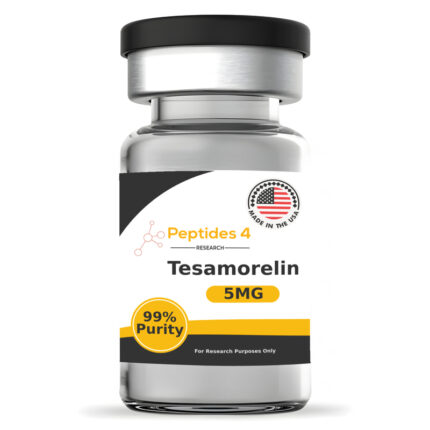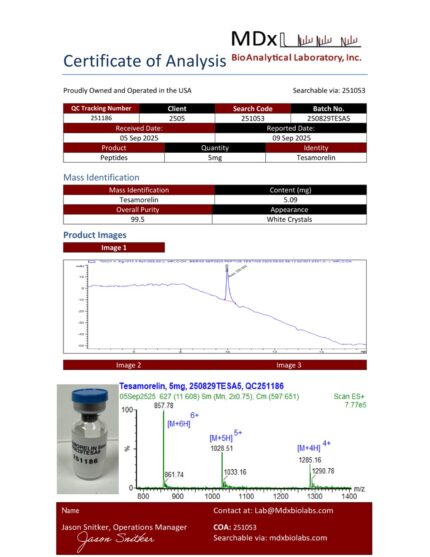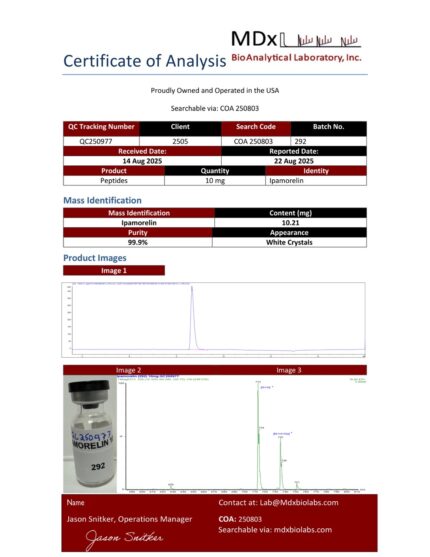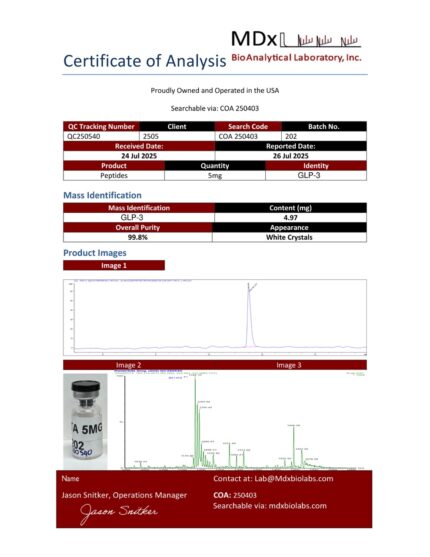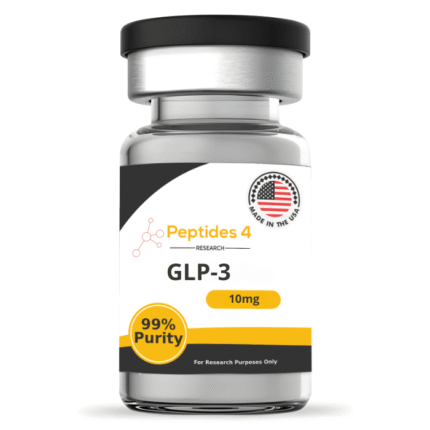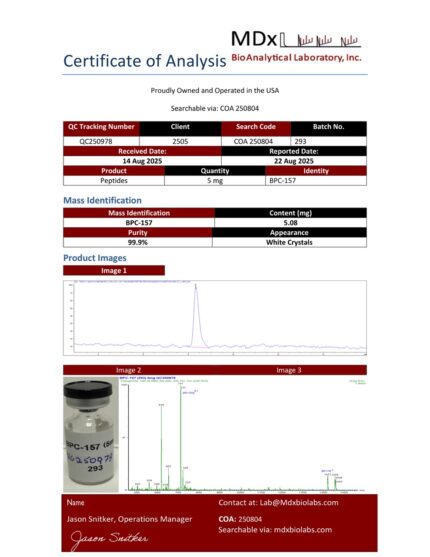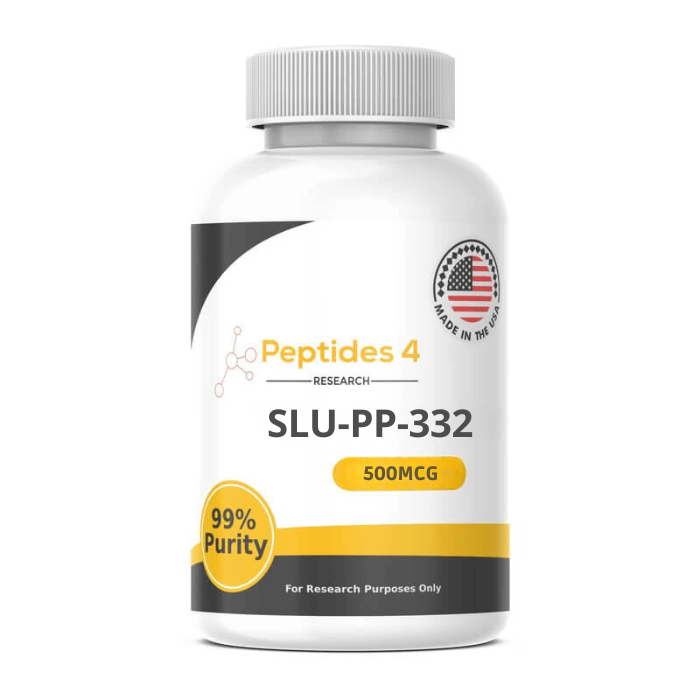
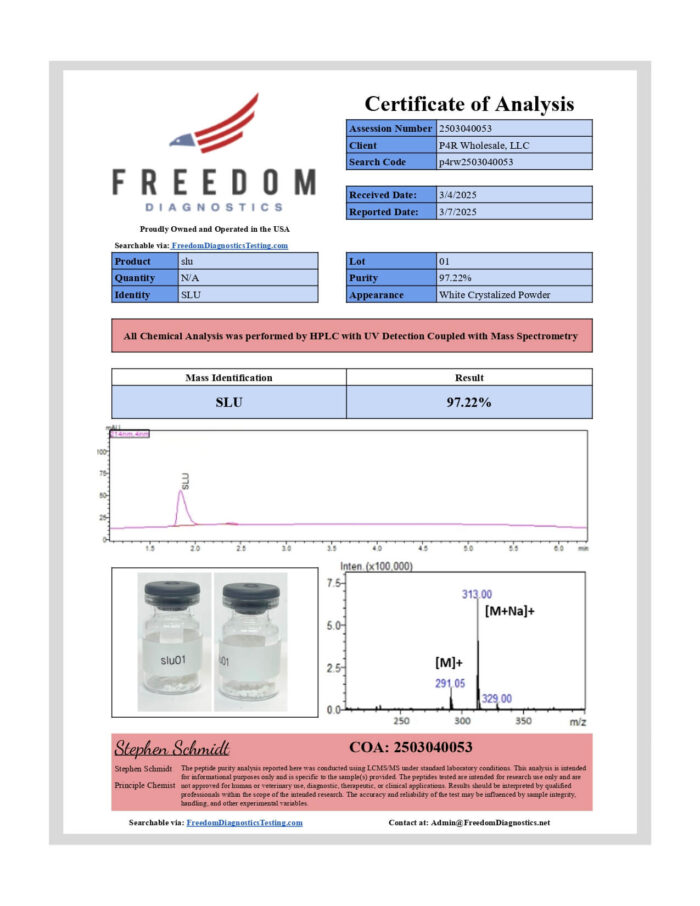
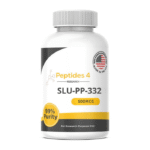
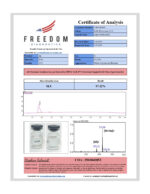
- Add To Compare
- Fast Shipping
- Safe & Secure Checkout
LYOPHILIZED
SLU-PP-332 500mcg (100 capsules)
$157.00 / month for 12 months
The Slu-pp-332 500mcg supplement comes in a convenient bottle of 100 capsules, designed to provide essential nutrients that support overall wellness.
Buy more and save – discount in checkout
| Bundle & Save! | ||
|---|---|---|
| Buy | 1 - 4 | 0% $141.30 |
| Buy | 5 - 9 | 10% $127.17 |
| Buy | 10 + | 15% $120.11 |
DESCRIPTION
Understanding Peptides: Molecular Composition and Properties
Peptides are short chains of amino acids linked by peptide bonds, typically consisting of 2 to 50 amino acids. Unlike proteins, which are longer polypeptide chains that fold into complex three-dimensional structures, peptides are often much simpler in their composition and arrangement. The molecular structure of peptides is characterized by a backbone composed of repeating atoms from the amino acid residues, as well as functional side groups that confer distinct properties to each peptide. This nuanced structure plays a critical role in determining the peptide’s biological activity and interactions. The specific sequence of amino acids in a peptide, known as its primary structure, is fundamental to its function. Substituting one amino acid for another in this sequence can drastically alter the peptide’s properties and activity. For example, even a single change can impact its ability to bind to receptors or participate in enzymatic reactions. This highlights the significance of amino acid sequence in understanding peptide characteristics and functionalities in scientific research. There are various types of peptides identified based on their source and functionality, including ribosomal peptides, which are synthesized during translation, and non-ribosomal peptides, which are produced through distinct enzymatic pathways. The methods of peptide synthesis can also vary; solid-phase peptide synthesis (SPPS) and liquid-phase peptide synthesis are two commonly used techniques in laboratories that allow for tailored creation of peptide sequences for specific research needs. The unique properties of peptides, such as their ability to mimic proteins or act as signaling molecules, make them valuable tools in research, where they can be used to investigate physiological processes, develop therapeutic agents, and understand disease mechanisms.What Does Lyophilized Mean?
Lyophilization, also known as freeze-drying, is a process that removes water from a substance by freezing it and then reducing the surrounding pressure. This preserves the stability and shelf life of sensitive compounds, making them easier to store and transport.
Lyophilization, also known as freeze-drying, is a process that removes water from a substance by freezing it and then reducing the surrounding pressure. This preserves the stability and shelf life of sensitive compounds, making them easier to store and transport.
Product Notice
All products are supplied in a powdered, lyophilized form and must be reconstituted with an appropriate diluent for research purposes only. Research supplies such as syringes or bacteriostatic water are not included. No usage or dosing instructions are provided.
All products are supplied in a powdered, lyophilized form and must be reconstituted with an appropriate diluent for research purposes only. Research supplies such as syringes or bacteriostatic water are not included. No usage or dosing instructions are provided.
To ensure your order arrives in optimal condition, we ship Monday through Thursday only. This prevents packages from sitting with carriers over the weekend and helps preserve product quality.
- Same-Day Shipping: Orders placed by 12:00 PM CST will ship the same business day.
- Shipping Options: A flat-rate shipping option is available at checkout. Need it sooner? You can choose an expedited shipping speed for faster delivery.
RELATED PRODUCTS
Related products
Sale
Select options
This product has multiple variants. The options may be chosen on the product page
Tesamorelin 5mg
$57.00 / month for 12 months
Sale
Select options
This product has multiple variants. The options may be chosen on the product page
Ipamorelin 10mg
$51.00 / month for 12 months
Sale
Select options
This product has multiple variants. The options may be chosen on the product page
GLP-3 5mg
$78.00 / month for 12 months
Sale
Select options
This product has multiple variants. The options may be chosen on the product page
GLP-3 10mg
$143.00 / month for 12 months
Sale
Select options
This product has multiple variants. The options may be chosen on the product page
BPC-157 5mg
$30.00 / month for 12 months
ABOUT US
Quality You Can Count On — We’re committed to earning your trust by delivering only the highest-quality peptides, sourced from reputable USA partners and tested twice to ensure you get reliable results — every time.

FAST DELIVERY
We ship out all orders within 1-2 business days of successful payment confirmation.

CUSTOMER SUPPORT
We value you too much to provide anything less that top-notch customer support.

FREE SHIPPING
Free shipping on all orders over $250. Available only in the United States and territories.

99% PURITY
Checkout with peace of mind with the our 100% secure payment process.
